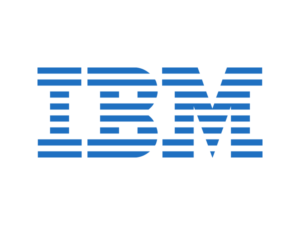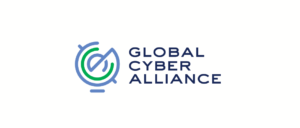The Security Risks of Changing Package Owners
In the realm of software development, the open-source ecosystem plays a pivotal role, enabling developers to leverage pre-existing code libraries and packages to expedite the development process. However, the dynamics of open-source software come with their own set of security challenges, one of which revolves around the changing ownership of packages. While changing package owners may seem like a routine administrative task, it can introduce significant security risks if not executed with caution. In this article, we’ll delve into the security implications of changing package owners and explore strategies to mitigate associated risks. Dependency Trust: When developers incorporate third-party packages into their projects, they inherently trust the integrity and security of those packages. Changing the ownership of a package introduces an element of uncertainty, as the new owner gains control over the codebase and potentially introduces malicious changes. This can compromise the security of dependent projects and expose them to vulnerabilities. Malicious Takeovers: In some cases, changing package ownership may not be a voluntary or legitimate process. Malicious actors may attempt to take over ownership of popular packages with the intent to inject malware, introduce backdoors, or conduct supply chain attacks. These malicious takeovers can have far-reaching consequences, affecting countless projects that rely on the compromised package. Code Quality and Maintenance: The departure of a package owner can lead to disruptions in code maintenance and updates. If the new owner is unable or unwilling to maintain the package effectively, it may result in outdated or vulnerable code being perpetuated within the software ecosystem. This lack of maintenance can pose security risks and hinder the overall stability and reliability of dependent projects. Trustworthiness of New Owners: When ownership of a package changes hands, developers must assess the trustworthiness and credibility of the new owner. Verifying the identity, reputation, and intentions of the new owner can be challenging, especially in the absence of established protocols or mechanisms for validating ownership transitions. Without proper vetting, developers may inadvertently place their trust in individuals or entities with malicious intent. Supply Chain Attacks: Changing package owners can serve as an entry point for supply chain attacks, where adversaries target the software supply chain to infiltrate downstream systems. By compromising a trusted package, attackers can propagate malicious code to unsuspecting users, leading to widespread security breaches and data compromises. Such attacks underscore the interconnected nature of the software ecosystem and the importance of securing every link in the supply chain. Mitigating the Security Risks: Implement Access Controls: Platforms hosting package repositories should implement robust access controls and verification mechanisms for changing package ownership. Multi-factor authentication, identity verification, and authorization processes can help mitigate unauthorized ownership transfers and enhance the security of package repositories. Maintain Transparency: Foster transparency and communication within the open-source community regarding ownership changes. Establish clear channels for announcing ownership transitions, documenting ownership history, and facilitating community review and feedback. Enhanced transparency can help build trust and accountability within the ecosystem. Automate Security Checks: Integrate automated security checks and validation processes into package management workflows. Utilize tools for code analysis, vulnerability scanning, and dependency tracking to identify potential security risks associated with ownership changes. Proactive monitoring and mitigation can help detect and address security threats in a timely manner. Diversify Dependencies: Reduce reliance on single points of failure by diversifying dependencies and exploring alternative packages with active maintenance and community support. Adopting a risk-based approach to dependency management can help mitigate the impact of ownership changes and minimize exposure to security vulnerabilities. Community Collaboration: Encourage collaboration and community involvement in package maintenance and governance. Establish mechanisms for shared ownership, collaborative decision-making, and community-driven contributions to ensure the continuity and sustainability of critical packages. By fostering a culture of collective responsibility, the open-source community can effectively address security challenges associated with ownership changes. In conclusion, changing package owners in the open-source ecosystem poses inherent security risks that demand careful consideration and proactive mitigation strategies. By implementing access controls, maintaining transparency, automating security checks, diversifying dependencies, and fostering community collaboration, developers can bolster the security posture of their projects and safeguard against the potential pitfalls of ownership transitions. Ultimately, proactive risk management and collective vigilance are essential for maintaining the integrity and security of the open-source software ecosystem.










